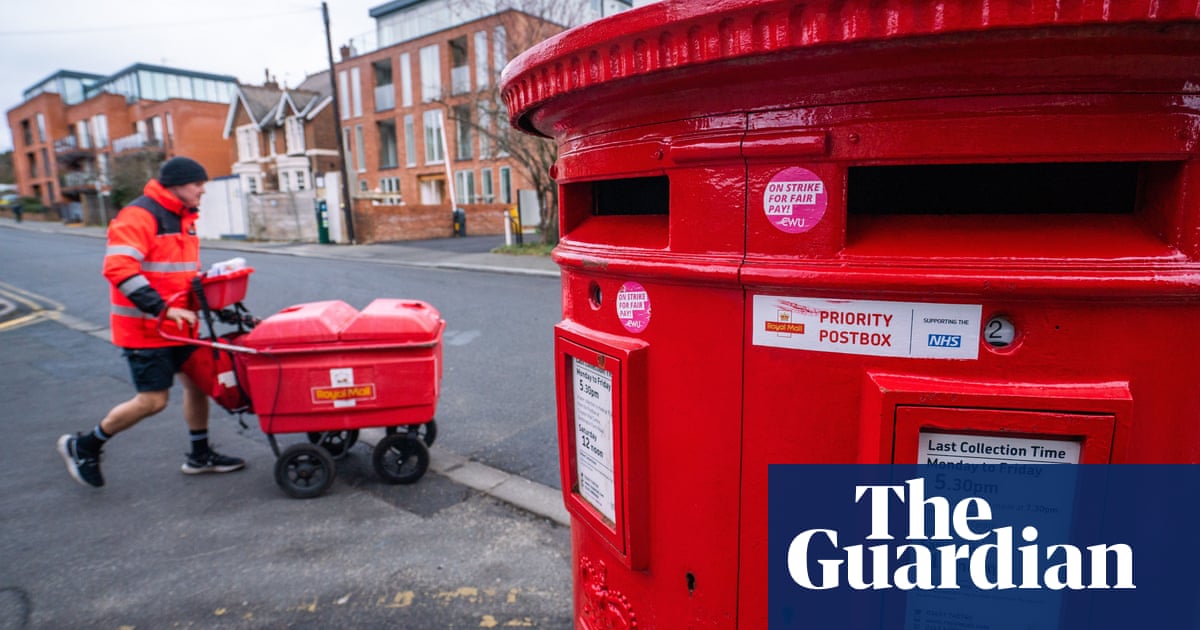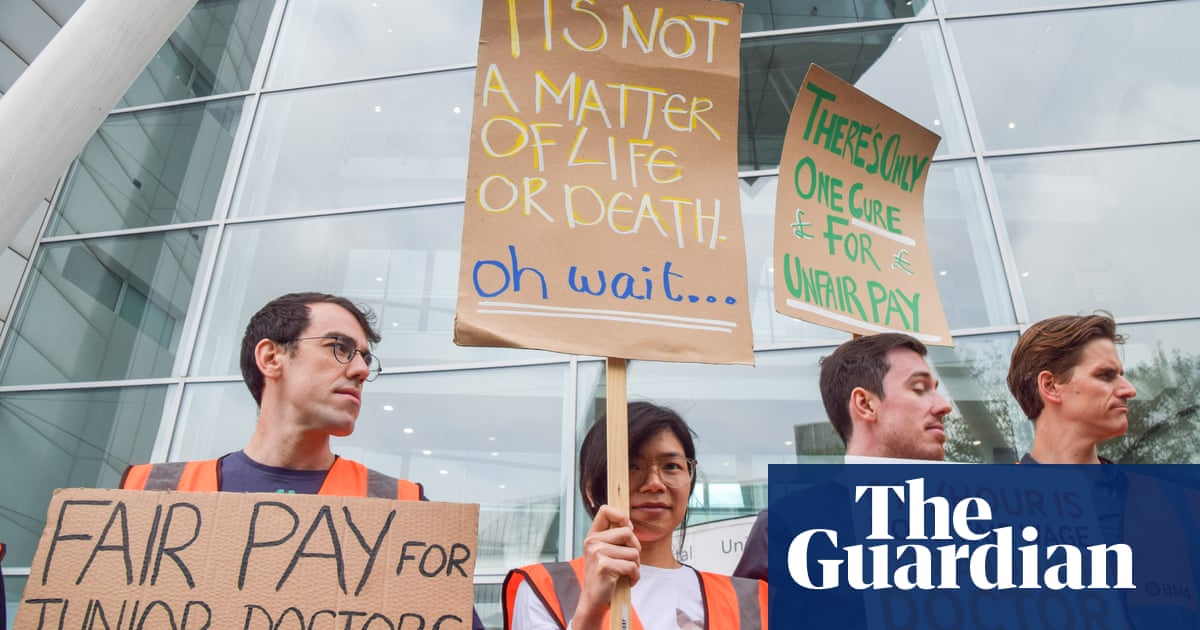
The cost of eradicating a huge backlog of repairs to NHS hospitals and equipment has hit £10bn for the first time, it has emerged.
Figures from NHS Digital’s annual report into the condition of the NHS’s estate show it would cost the health service in England £10.2bn to improve rundown buildings and clapped-out kit.
It is a rise of 11% from £9.2bn last year and has more than doubled since 2011-2012, when the cost stood at £4.7bn.
About £1.8bn of the backlog of repairs are now considered “high risk”. They involve situations where the need to repair or replace facilities and equipment must be urgently addressed to prevent catastrophic failure, major disruption to clinical services or safety issues that could cause serious injury or prosecution. That is up from £1.6bn in 2020-2021 and £0.3bn in 2011-2012.
“Our cash-starved hospitals are falling apart at the seams, from crumbling roofs to ageing equipment,” said Daisy Cooper, the Liberal Democrats’ health spokesperson. “Patients deserve to be treated in clean and modern hospitals, while our hardworking NHS doctors and nurses should feel safe in work. Sadly, as we speak, hospital buildings across the country literally have roofs which might collapse at any moment.”
The roofs of 30 hospital buildings at 18 NHS trusts were in danger of collapsing because planks in them made of reinforced autoclaved aerated concrete (RAAC) had become unstable, the Guardian reported last month.
The Queen Elizabeth hospital in King’s Lynn – near Liz Truss’s South West Norfolk constituency – has installed 2,482 steel props to hold up its roof. Last month it had to shut four of its seven operating theatres so their ceilings could be strengthened in emergency repairs.
The hospital with the largest high-risk backlog was Charing Cross in London, where it would cost £155m to eradicate all the serious safety and maintenance issues. It was followed by St Mary’s hospital (£126m) and Hammersmith hospital (£68m), both also in the capital. All three sites are run by Imperial College healthcare NHS trust.
The Queen Elizabeth had the fourth-largest high-risk maintenance bill, of £66m. West Suffolk hospital – used by many people in the seat of the health secretary and deputy prime minister, Thérèse Coffey – had a high-risk backlog of £62m. Three safety incidents related to critical infrastructure risks occurred at the Queen Elizabeth and 10 at West Suffolk during 2020-2021, the report said.
Other trusts with large high-risk maintenance backlogs include Hillingdon hospitals in London (£88m), Northumbria Healthcare (£81m), and Barts Health (£74m), also in the capital.
Saffron Cordery, the interim chief executive of the hospitals group NHS Providers, said the repairs bill was growing at an alarming rate. “Far too many NHS buildings and facilities are in very poor condition and the latest figures show the situation is getting worse. The costs of trying to patch up creaking infrastructure and out-of-date facilities are piling up,” she said.
She urged ministers to clarify whether the delayed new hospitals programme to fulfil ex-prime minister Boris Johnson’s pledge to build 40 new hospitals was going ahead. The government allocated an initial £3.7bn for the scheme but experts said it would cost £20bn to build the promised facilities, and construction costs have soared since Johnson made the commitment in 2019.
The dangerous state of the Queen Elizabeth led Truss to remark during the Conservative leadership race over the summer that “I’m afraid some of our hospitals are falling apart”.
In the spending review last October the government handed the NHS £5.9bn in extra capital funding over the three years to 2024-25. This followed years of underinvestment, which meant capital funding from central government, which is mainly used to repair buildings and buy equipment, was diverted into paying for the NHS’s revenue budget to cover its day-to-day running costs.
It is still unclear how much of the new capital budget will be allocated to the growing backlog of repairs required in England’s hospitals. The actual investment to reduce backlog maintenance in the NHS stood at £1.4bn in 2021-22 – less than 14% of what is needed.
The estates returns information collection (ERIC) report also revealed that the health service was being badly hit by energy price rises. Across England, the NHS spent £790.3m on energy in 2021-2022 – up 21% on the previous year. That was despite using only 3% more energy overall. Wholesale energy prices have since risen further as a result of Russia’s invasion of Ukraine.












